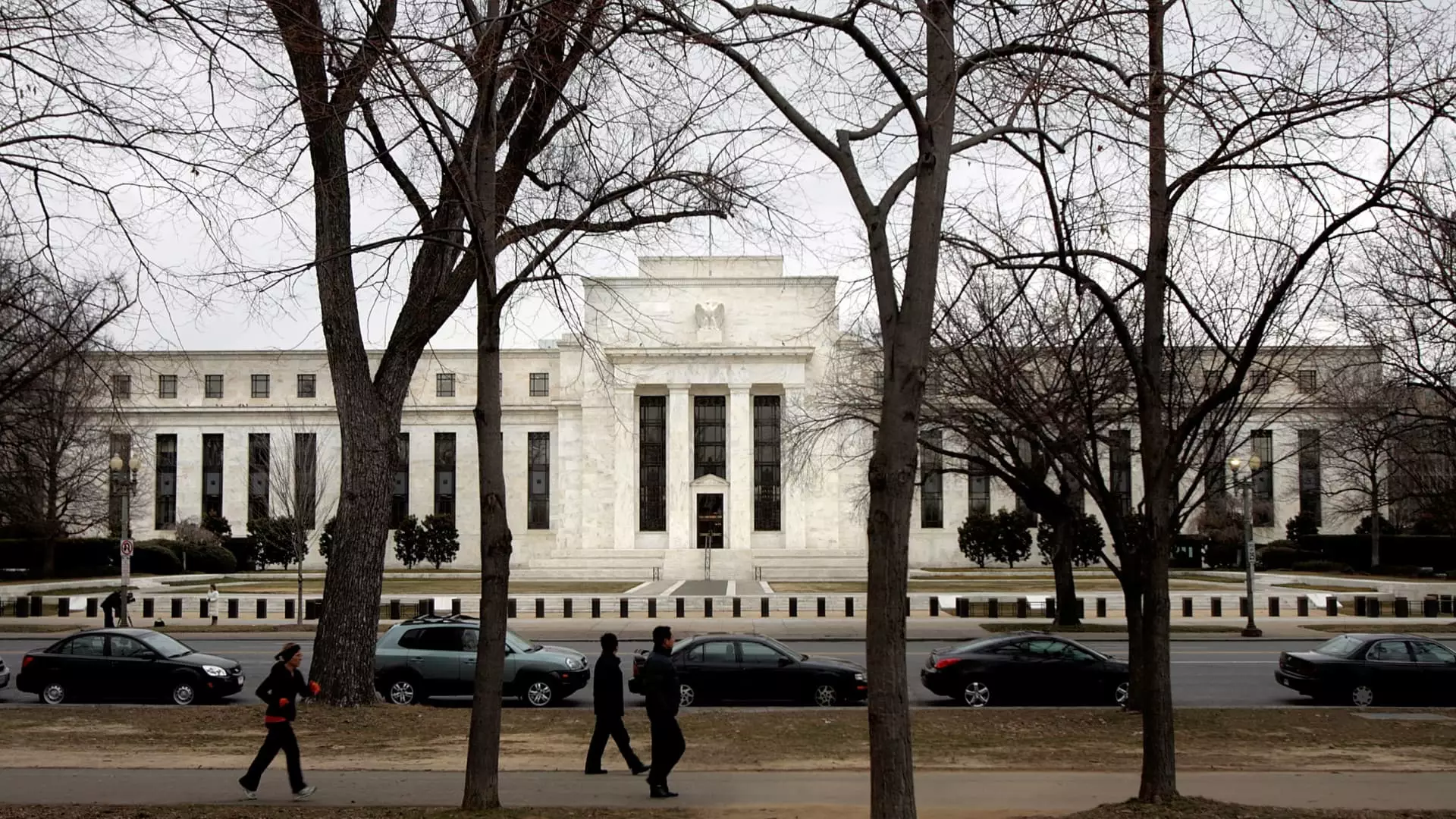Federal Reserve’s Stance on Interest Rates: Implications Amid Ongoing Inflation

In a critical move that reflects the current economic climate, the Federal Reserve has decided to maintain interest rates, resisting any cuts despite the persistent inflation that exceeds its 2% target. This decision comes on the heels of significant prior rate reductions, which followed a tumultuous period marked by soaring prices following the pandemic. The Fed’s latest stance indicates a cautious approach in addressing inflation concerns while balancing consumer economic needs.
Furthermore, the Fed’s decision coincided with an influential statement from President Donald Trump, who demanded immediate interest rate reductions during his early days back in office. Such political commentary raises questions about the independence of the Federal Reserve—a key institution that ideally functions without external pressures from government figures.
Inflation has been a pressing issue, intensifying since the onset of the COVID-19 pandemic, which introduced uncharted economic disruptions. Despite a general easing in inflationary pressures recently, analysts suggest that persistent concerns may curtail the number of anticipated rate cuts in the upcoming year. Michele Raneri, a notable figure in economic research, articulates that while inflation worries have somewhat diminished, they remain relevant enough to warrant caution.
Current surveys indicate that market participants only expect two further rate cuts in the year ahead, a sentiment echoed by Federal Reserve officials in their forecasts. However, the broader implications of these expected cuts could fall short for consumers grappling with elevated costs of living and borrowing, as Greg McBride from Bankrate emphasizes.
Consumers, especially those burdened by high borrowing costs, are unlikely to find much respite in the Fed’s tentative approach to rate cuts. The Federal Funds Rate, which determines the cost at which banks borrow from each other overnight, indirectly impacts consumer interest rates for loans, mortgages, and credit cards. Following a series of rate hikes, borrowing costs skyrocketed, leading to significant financial strain for households across the United States.
For instance, average credit card rates have surged significantly, surpassing 20%, due in part to previous Fed policies. Even as there are expectations for future rate cuts, analysts like Matt Schulz caution that any relief offered will be minimal. Households seeking immediate solutions may benefit from strategies such as consolidating debts into lower-interest loans or utilizing balance transfer credit cards, which could provide more manageable repayment pathways.
Interest Rates: Mortgage and Auto Loan Market Challenges
While mortgage rates tend to be more stable and are primarily influenced by Treasury yields, prospective homebuyers continue to face challenges in securing affordable financing. With average rates for a 30-year fixed mortgage hovering just over 7%, many home seekers are experiencing a squeeze on purchasing power, compounded by inflation and the Fed’s monetary policies.
Similarly, the rising costs associated with auto loans have made vehicle purchases increasingly daunting. The average interest rate on a new car loan now stands at 5.3%, with rising vehicle prices leading to inflated loan amounts. The combination of high rates and pricey vehicles signifies ongoing affordability issues, with analysts predicting that new car buyers will continue to struggle even amid potential rate cuts.
Education Financing: Implications of Fed Decisions on Student Loans
Federal student loan rates remain fixed, insulating existing borrowers from immediate interest fluctuations; however, new undergraduate borrowers are not so fortunate. The increase to 6.53% for the 2024-25 academic year denotes significant financing costs that can impede educational access. Private loans, often subject to variable rates, exacerbate this issue, leaving many students to navigate uncertain financial landscapes.
Nevertheless, amid the backdrop of rising interest rates, one positive aspect has emerged for savers. As yields connected to federal monetary policy start reflecting higher rates, individuals seeking savings accounts can capitalize on attractive interest rates, with some accounts offering returns near 5%. This environment poses an opportunity for savers to maximize their savings, even in the face of economic uncertainty.
As the Federal Reserve charts its course in navigating persistent inflation against the backdrop of political and economic pressures, all eyes are on the next steps. Consumers are left to contend with high rates and living costs while hoping for signs of relief in borrowing. Ultimately, the Fed’s decisions will play a substantial role in shaping the economic landscape for the foreseeable future, particularly as it balances the intricacies of consumer needs against inflationary challenges. This critical juncture highlights the importance of strategic financial decision-making in an era marked by unpredictability and economic flux.





